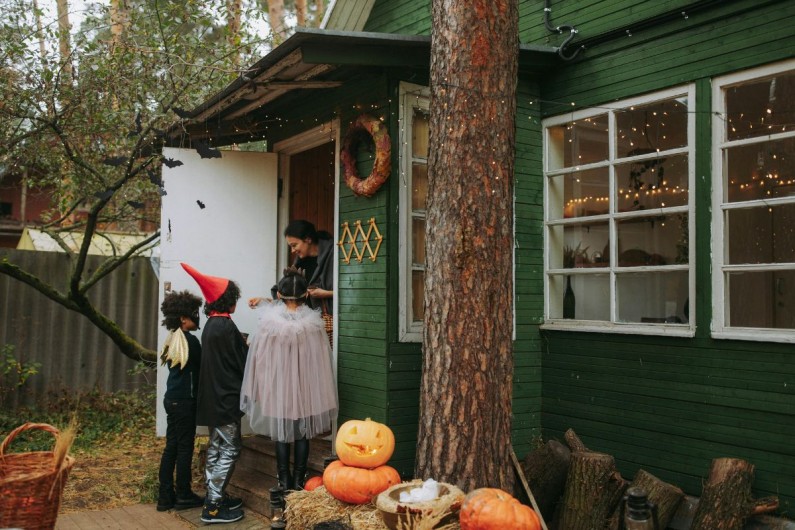Understanding Occupier’s Liability: Halloween Hazards and your responsibility as a homeowner

With Halloween decorations lighting up neighbourhoods and trick-or-treaters roaming the streets, it’s a fun time of year – but it can also come with unexpected risks. From tangled extension cords and unlit steps to icy sidewalks and overexcited pets, accidents can happen quickly. When they do, Alberta’s Occupiers’ Liability Act helps determine who may be responsible.
The law defines an “occupier” as a person in physical possession of premises, or a person who has responsibility and control over the condition of the premises, the activities conducted on those premises and who is allowed to enter those premises-- whether that’s a homeowner, tenant, landlord, or property manager. An occupier has a legal duty to take reasonable care to make sure that anyone lawfully visiting the premises like trick or treaters, delivery drivers, or party guests is reasonably safe while there. This doesn’t mean every possible risk must be eliminated, but it does mean that foreseeable hazards should be identified and reasonably managed.
What counts as “reasonable” depends on the circumstances. For example, running a power cord for Halloween decorations across a sidewalk could create a tripping hazard. A reasonable precaution might be to secure it with bright tape or reroute it away from the main path. The same applies to clearing ice and snow, keeping entryways well-lit, and ensuring pets are secured before opening the door to costumed visitors.
It's also important to understand that not all hazards fall under the same rules. If someone slips on a city-maintained sidewalk, municipal liability is only triggered by gross negligence, which sets a much higher threshold than for private property owners. Because municipalities oversee large areas, injured individuals must provide written notice 21 days to preserve their right to make a claim.
Taking preventive steps before Halloween night can go a long way toward avoiding problems. Check your walkways for cords and obstacles, add lighting to dark areas, and keep decorations safely out of the way. Small precautions can make your property safer and reduce your risk of liability if something goes wrong.
If you’ve been injured due to unsafe property conditions, our team at Weir Bowen LLP can help. We’ll review your situation, explain your options, and guide you through the next steps.
